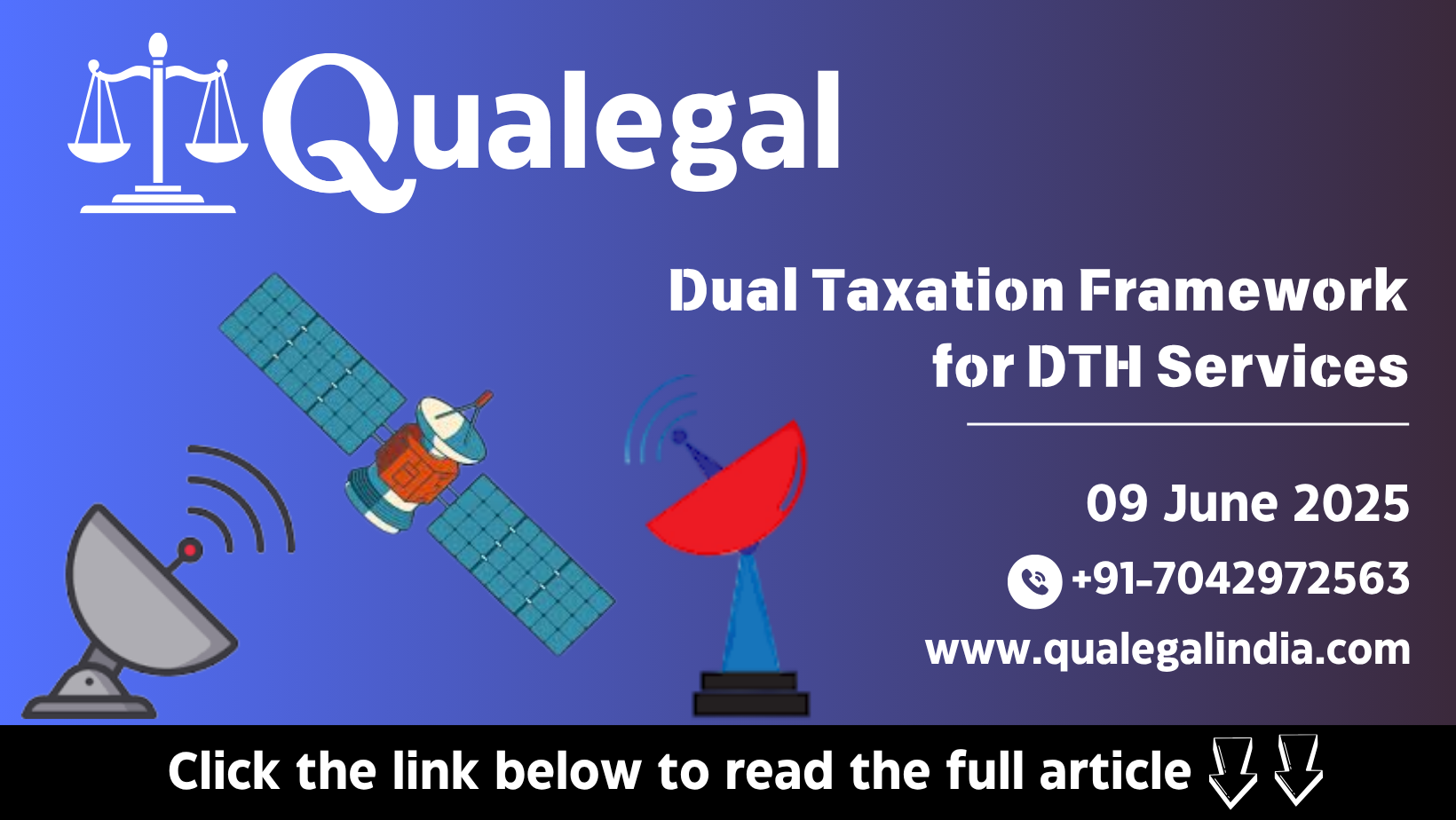Dual Taxation Framework for DTH Services: Navigating the Constitutional Balance Between State and Central Tax Powers
The digital entertainment landscape in India has witnessed exponential growth, with Direct-to-Home (DTH) services becoming an integral part of household entertainment consumption. Recent industry reports indicate that India's DTH market size reached approximately ₹45,000 crores in 2024, serving over 70 million subscribers across the country. This remarkable growth trajectory has brought to the forefront complex questions regarding the appropriate taxation framework for these technologically advanced entertainment services.
On May 22, 2025, the Supreme Court of India delivered a watershed judgment in The State of Kerala & Anr. v. Asianet Satellite Communications Ltd. & Ors. and allied appeals, definitively resolving the long-standing controversy surrounding the dual taxation of DTH services. The Court, comprising Justices BV Nagarathna and N Kotiswar Singh, upheld the constitutional validity of entertainment tax levied by state governments on DTH services, even when such services are simultaneously subject to service tax imposed by the Union government.
Legislative Governance and Regulatory Framework
The Indian Constitution establishes a clear demarcation of taxation powers through the Seventh Schedule. Entry 97 of List I empowers Parliament to levy service taxes. Entry 62 of List II empowers State Legislatures to impose taxes on entertainment. The Supreme Court in State of West Bengal v. Purvi Communication Pvt. Ltd. (2005) established that cable television could be taxed by states. DTH services, being technologically more advanced, presented a unique challenge as they appeared to fall within both state and central taxation domains.
DTH services are governed by several statutory frameworks: the TRAI Act, 1997, the IT Rules, 2021, and the Cable Networks (Regulation) Amendment Act, 2011. These define operational parameters, pricing transparency, and consumer rights. The Finance Act, 1994, supports central service taxation, while state-level entertainment taxes are imposed through individual state statutes.
Supreme Court’s Definitive Ruling on DTH Dual Taxation
In its 2025 judgment, the Court addressed two key questions: (1) whether DTH services fall under concurrent jurisdiction; and (2) whether dual taxation violates constitutional federalism. Justice Nagarathna applied the "aspect theory" to justify concurrent taxation powers, stating that both Parliament and State Legislatures have competence over different aspects of DTH activity.
The Court identified two distinct aspects: the transmission of content signals (central service tax) and the provision of entertainment through decryption by set-top boxes (state entertainment tax). It rejected the argument that DTH providers are merely conduits and clarified their direct role in providing entertainment, thereby justifying state tax liability.
The Court reaffirmed constitutional validity of dual taxation while acknowledging concerns. It applied Article 254 to allow for concurrent laws unless direct repugnancy exists, but critics argue the judgment stretches aspect theory, ignoring technological realities that align DTH services more with telecommunications.
Challenges of the Dual Taxation Model
Dual taxation increases operational costs by 15-20%, raising consumer prices and reducing market competitiveness. OTT platforms face only central taxes, giving them an unfair advantage. Additionally, DTH providers must comply with varied tax procedures across states, adding to complexity.
The judgment also potentially applies a problematic precedent. If providing equipment like set-top boxes justifies entertainment tax, this logic could extend to ISPs and smartphone makers, blurring the limits of state tax authority.
Comparative Legal Framework
Globally, jurisdictions handle DTH taxation differently. The US imposes federal and state-level taxes, creating complex compliance obligations. EU countries apply VAT with minor variations. Singapore uses a unified GST system, while Australia mirrors India’s dual model with both federal and state taxes.
Concluding Remarks
As India’s digital economy evolves, the 2025 ruling will shape tax policy for new-age technologies. Legislative coordination is vital to balance federalism with market growth. Harmonizing state and central taxes is essential for a simple, efficient, and fair system supporting innovation and competition in digital entertainment.


